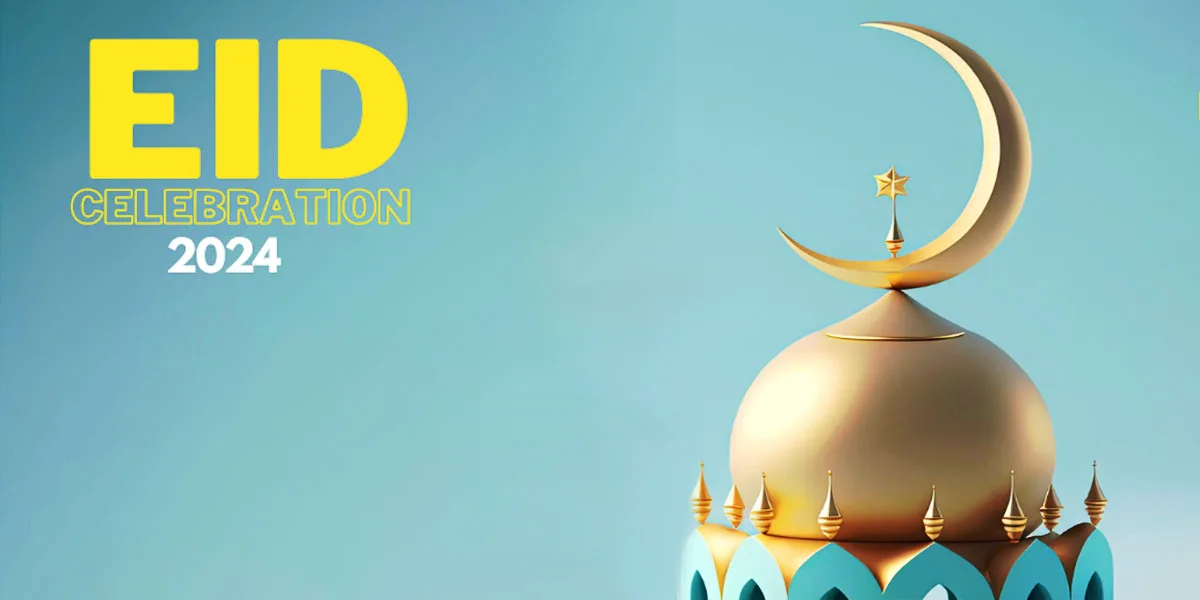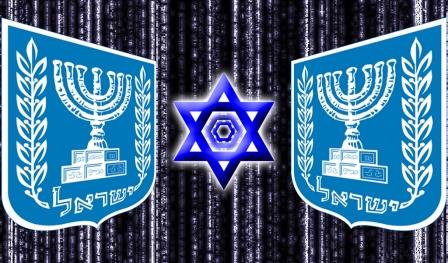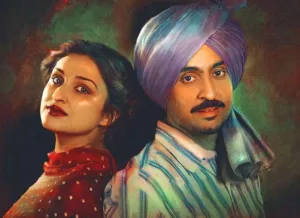![]()
Eid-Ul-Fitr: A Celebration of Faith and Joy
!Eid Mubarak
Eid-Ul-Fitr, also known as عيد الفطر in Arabic and Asian countries, is a significant religious festival for Muslims worldwide. It marks the end of the holy month of Ramadan, a period of fasting, prayer, and reflection. Moreover, in 2024, Eid celebration was held on Wednesday, April 11th, based on the sighting of the moon of Shawwal, the 10th month of the Islamic calendar.
Eid 2024 Celebration on 11th April, Thursday
The Essence of Eid-ul-Fitr
Eid-Ul-Fitr is Allah’s reward for believers who fasted during Ramadan. It’s a time of gratitude, joy, and communal Eid celebration. Traditionally, most Muslim countries observe Eid al-Fitr for three days. Here’s how people do Eid celebrations:
-
Eid Prayer:
The day begins with the special Eid prayer performed by Muslims in congregations. It’s a moment of spiritual connection and unity.
-
Eid Greetings:
After the prayer, Muslims greet each other with the customary phrase, “Eid Mubarak,” which means “Blessed Eid.” It’s a heartfelt expression of joy and goodwill.
-
New Clothes:
Everyone dresses in their finest attire. New clothes are made for this special occasion, as every person wants to look their best. The vibrant colors and elegant designs reflect the festive spirit.
-
Family and friends:
The day is spent with loved ones. Families come together for feasts, laughter, and shared moments. It’s a time to strengthen bonds and create lasting memories.
-
Eidi:
Elders give Eidi (gifts of money) to children and younger family members. It’s a gesture of love and generosity.
-
Delicious Feasts:
The tables are laden with delicious dishes; traditional sweets, savory treats, and aromatic biryanis are enjoyed by all.
Unlocking the Mysteries of GloFish: A Colorful Exploration
-
Acts of charity:
Muslims are encouraged to give to those in need. Acts of charity and kindness are especially emphasized during Eid. Eid ul-Fitr and Eid al-Adha are two significant Islamic festivals, each with its own distinct significance and rituals. Now, let’s explore the differences:
-
Eid-ul-Fitr
-
Meaning:
Eid Ul-Fitr, also known as the “Festival of Breaking the Fast,” is celebrated at the end of Ramadan, the holy month of fasting.
-
Purpose:
It marks the completion of a month-long period of fasting, prayer, and self-reflection.
-
Observance:
Eid Ul-Fitr is observed for three days, during which Muslims come together for communal prayers, feasting, and social gatherings.
-
Spirit:
- It is a time of joy, gratitude, and forgiveness. Muslims express their happiness by wearing new clothes, sharing meals, and giving gifts (known as “Eidi”) to children.
- Significance:
- Eid Ul-Fitr emphasizes unity, charity, and the breaking of fasts after a month of self-discipline.
-
-
Eid al-Adha:
-
Meaning:
Eid al-Adha, also called the “Festival of Sacrifice,” occurs approximately 70 days after Eid Ul-Fitr.
-
Purpose:
It commemorates the willingness of Prophet Ibrahim (Abraham) to sacrifice his son Isma’Il (Ishmael) as an act of obedience to God, thus illustrating the depth of faith and devotion. However, God provided a ram to be sacrificed instead.
-
Observance:
Eid al-Adha lasts for three days. The central ritual is the Qurbani (animal sacrifice), where Muslims slaughter an animal (usually a sheep, goat, cow, or camel) and distribute its meat among family, friends, and those in need.
-
Spirit:
It emphasizes selflessness, faith, and submission to God’s will. The sacrificed meat symbolizes sharing and caring for others.
-
Hajj Connection:
Eid al-Adha coincides with the completion of the Hajj pilgrimage in Mecca, Saudi Arabia. Pilgrims also perform the Qurbani during Hajj.
-
“Eid ul-Fitr and Eid al-Adha are two significant festivals that commemorate the end of fasting and sacrifice, respectively, and serve to strengthen global Muslim community and faith.”
The story of Prophet Ibrahim (peace be upon him) and his son Isma’il (peace be upon him) is a profound and inspiring tale of faith, sacrifice, and unwavering devotion to Allah. Let’s delve into their remarkable journey:
1. The Birth of Isma’il:
In the ancient land of Babylonia (present-day Iraq), a boy named Ibrahim was born.
2. The Divine Command: Sacrifice:
Ibrahim’s faith faced a test when Allah commanded him to sacrifice his beloved son, Isma’il, in a dream. Nevertheless, Ibrahim saw the same dream three times, and he shared it with Isma’il. Despite the emotional turmoil, both father and son submitted to Allah’s will. Isma’il willingly accepted his fate, demonstrating unwavering trust in Allah.
3. The Journey to Makkah:
4. The Miraculous Intervention:
As Ibrahim prepared to sacrifice Isma’il, Allah intervened. Consequently, He replaced Isma’il with a ram, sparing the young boy’s life. This act symbolized obedience, submission, and trust in Allah’s wisdom. It also established the tradition of animal sacrifice during Eid al-Adha.
5. Legacy and Lessons:
Ibrahim and Isma’il’s unwavering faith left an indelible mark on humanity. Their story teaches us:
-
Submission: trusting Allah’s plan even when it seems difficult nonetheless.
-
Sacrifice: willingness to give up what we hold dear for Allah’s sake.
-
Unity: The Kaaba remains a symbol of unity for Muslims worldwide.
May the legacy of Prophet Ibrahim and Isma’il continue to inspire us to seek truth, trust in Allah, and uphold righteousness. 🕊️🌙
1: Surah Al-Nahl (16:120-123) – Translation of the Qur’an. 2: My Islam – The Story of Prophet Ibrahim
Conclusion
Eid ul-Fitr transcends mere festivity; it represents a spiritual journey, a moment to express gratitude, and an opportunity to connect with others. Furthermore, as the crescent moon appears, signaling the end of Ramadan, hearts fill with joy. Moreover, homes reverberate with the echoes of “Eid Mubarak.”
May this Eid bring blessings, peace, and happiness to all.
EID MUBARAK
























Add Comment